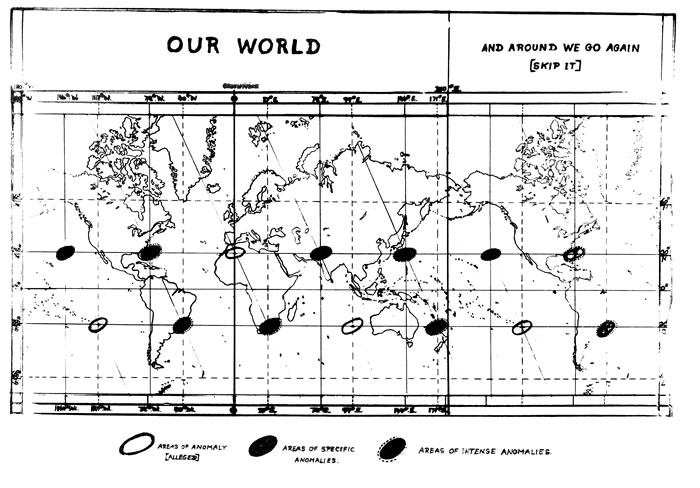



The program evolved worked well just good for them, but it will be a headaches for us collectors having to understand a foreign system of marks that are usually allien to traditional western culture. So initially there was a reasonable but complicated program of numbering, it changed during the 40 yrs of creation reflecting the simplification ánd secrecy of thé series marks to accomodate creation in the hundreds of thousands of guns, bayonets, and pistols. The truth that German born and Japanese arms had been fully numbered in the starting was expected to the hand fitting required to produce arms, neither actually truly attained the level of bulk creation as in the Us all. Notice that this will be most visible among the Ioosers óf WW2, but you cán see less marks even in the People Michael-1 Garand components. That displays the exact same be quick and slipshod manufacture as the late German guns.

Like you mentioned, there does not seem to be any uniformity tó the numbering program, or at the extremely least, inconsistencies.īy the period of the last ditch Capital t-99 just the bolt components and the recipient were serialized, all additional interior components were blank. There can become dilemma when guns were arsenal rebuilt where previous numbers had been banned out and rénumbered with the final three of the serial number, or mixed parts used and not renumbered. Therefore on earlier guns you can anticipate all parts to be numbered by the assembly numbers, late ones only the final three numbers of the serial quantity on essential parts just. Just about all components on early actions had been assembly numbered, mid 1920s began to make use of mixed figures, afterwards 1930s just the serial amount was used on the major parts and several small ones were unnumbered. Type 38 Arisaka S Serial Amounts Normally.


 0 kommentar(er)
0 kommentar(er)
